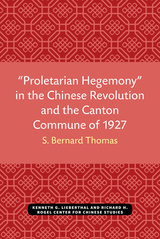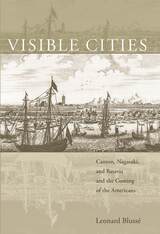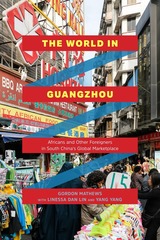


In 1817 a Cantonese scholar was mocked in Beijing as surprisingly learned for someone from the boondocks; in 1855 another Cantonese scholar boasted of the flourishing of literati culture in his home region. Not without reason, the second man pointed to the Xuehaitang (Sea of Learning Hall) as the main factor in the upsurge of learning in the Guangzhou area. Founded in the 1820s by the eminent scholar-official Ruan Yuan, the Xuehaitang was indeed one of the premier academies of the nineteenth century.
The celebratory discourse that portrayed the Xuehaitang as having radically altered literati culture in Guangzhou also legitimated the academy's place in Guangzhou and Guangzhou's place as a cultural center in the Qing empire. This study asks: Who constructed this discourse and why? And why did some Cantonese elites find this discourse compelling while others did not? To answer these questions, Steven Miles looks beyond intellectual history to local social and cultural history. Arguing that the academy did not exist in a scholarly vacuum, Miles contends that its location in the city of Guangzhou and the Pearl River Delta embedded it in social settings and networks that determined who utilized its resources and who celebrated its successes and values.

The eighteenth century witnessed the rise of the China market and the changes that resulted in global consumption patterns, from opium smoking to tea drinking. In a valuable transnational perspective, Leonard Blussé chronicles the economic and cultural transformations in East Asia through three key cities. Canton was the port of call for foreign merchants in the Qing empire. Nagasaki was the official port of Tokugawa Japan. Batavia served as the connection site between the Indian Ocean and China seas for ships of the Dutch East India Company.
The effects of global change were wrenching. The monopolies suffered challenges, trade corridors shifted, and new players appeared. Yankee traders in their fast clipper ships made great inroads. As Dutch control declined, Batavia lost its premier position. Nagasaki became a shadow of its former self. Canton, however, surged to become the foremost port of East Asia. But on the horizon were new kinds of port cities, not controlled from above and more attuned to the needs of the overseas trading network. With the establishment of the free port of Singapore and the rise of the treaty ports—Hong Kong, Shanghai, Yokohama—the nature of the China seas trade, and relations between East Asia and the West, changed forever.

Through detailed ethnographic portraits, Mathews reveals a world of globalization based on informality, reputation, and trust rather than on formal contracts. How, he asks, can such informal relationships emerge between two groups—Chinese and sub-Saharan Africans—that don't share a common language, culture, or religion? And what happens when Africans move beyond their status as temporary residents and begin to put down roots and establish families?
Full of unforgettable characters, The World in Guangzhou presents a compelling account of globalization at ground level and offers a look into the future of urban life as transnational connections continue to remake cities around the world.
READERS
Browse our collection.
PUBLISHERS
See BiblioVault's publisher services.
STUDENT SERVICES
Files for college accessibility offices.
UChicago Accessibility Resources
home | accessibility | search | about | contact us
BiblioVault ® 2001 - 2024
The University of Chicago Press









